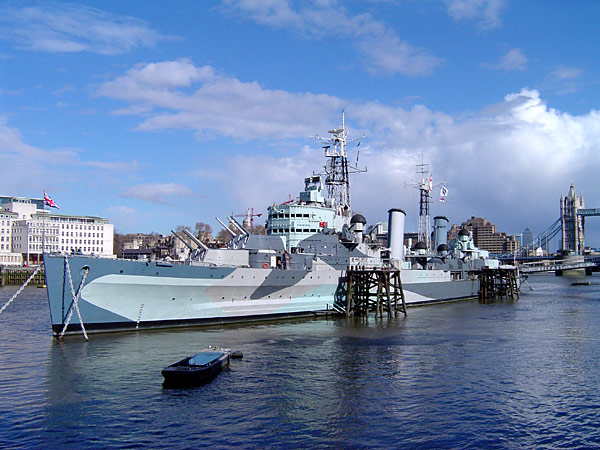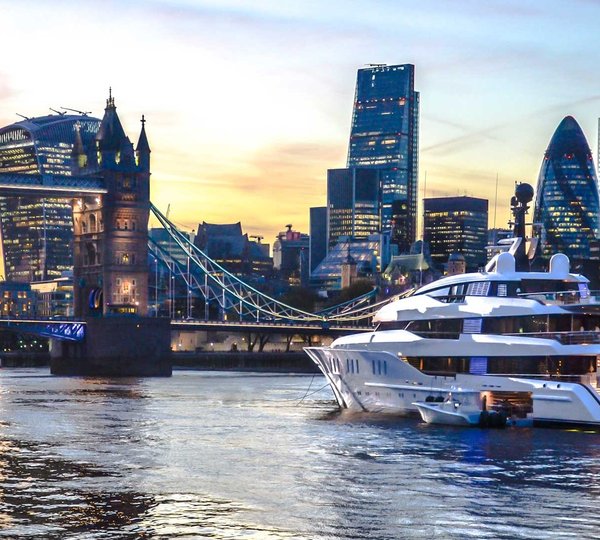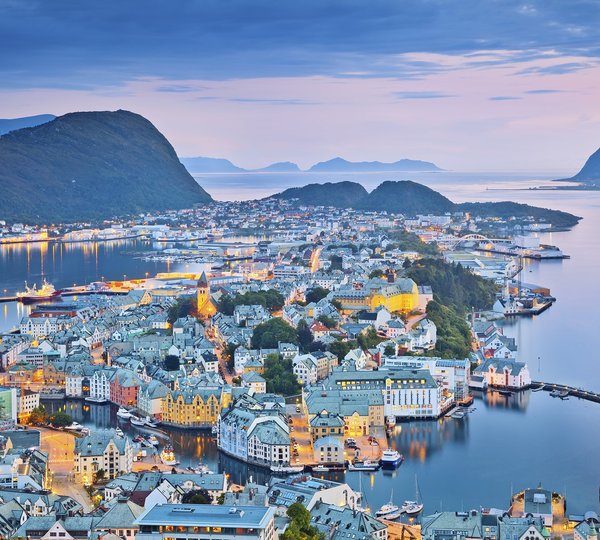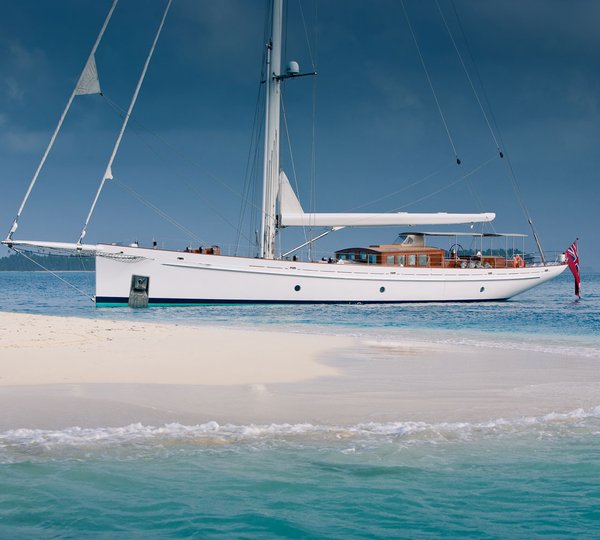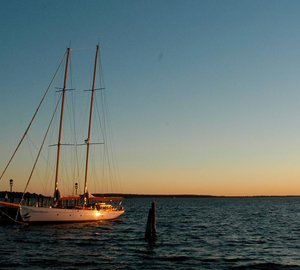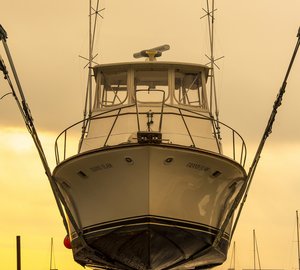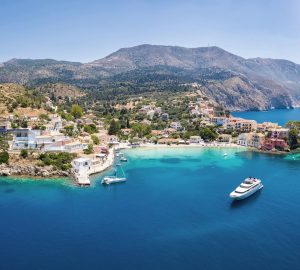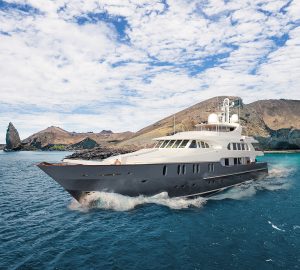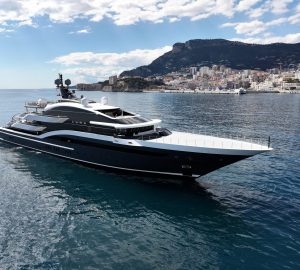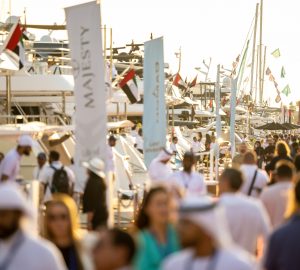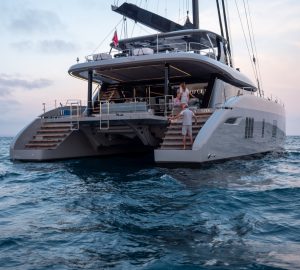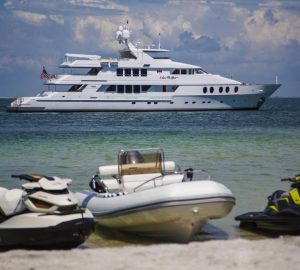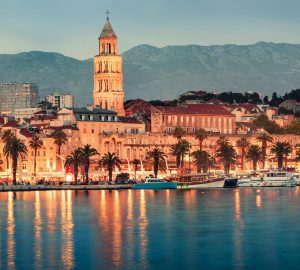The Russians – and Lloyd’s Register – to help restore HMS Belfast to her former glory.
The veteran World War Two cruiser, HMS Belfast, is to have her rusting masts replaced courtesy of a former ally she fought to support – Russia. And Lloyd’s Register, one of the UK’s – and the world’s – leading marine institutions, has been asked to help out on the project by its Russian sponsors.
Now owned by the Imperial War Museum, Belfast has been on permanent display on the River Thames in central London since 1971, however for several years her profile has been marred by unsightly scaffolding surrounding her mainmast. The cause is corrosion, which has affected both the cruiser’s steel-lattice masts, and the museum have been involved in trying to raise sufficient funds for repairs.
However, this year, Belfast’s role in helping to fight through vital wartime convoys to a beleaguered Soviet Union, has been recognised by the Russian government and the Russian marine industry with a commitment to replace the masts and restore the ship to her former glory. For this is the 65th anniversary of VE Day and the end of World War Two in Europe.
As part of Russia’s marking the event the President of the Russian Federation, Dmitry Medvedev, presented a signed commemorative diploma to the ship, and ordered the ‘State Jubilee Medal for the 65th Anniversary of Victory in the Great Patriotic War 1941–1945’ be awarded to Belfast’s surviving crew members.
But more significantly for Belfast, with President Medvedev’s backing, the Russian shipping company, Sovcomflot, has mobilised several Russian shipyards to work on new steel-lattice masts for the ship. In support of the project, Sovcomflot also invited the City-based classification society, Lloyd’s Register to help in assessing and designing the restoration work.
St Petersburg-based United Industrial Corporation – OPK, completed the prefabrication of the new set of masts earlier last month (May), and they will be delivered later this year by Sovcomflot, for fitting to Belfast. The operation will involve a floating crane being brought up the Thames to lift away the corroded masts, and then re-step their pre-fabricated replacements.
David Moorhouse CBE, the chairman of Lloyd’s Register, who was personally involved in agreeing the restoration work with the IWM said it was a fitting way to show appreciation for the sacrifice of thousands of British sailors – merchant navy and Royal Navy – who took part in the epic Arctic convoys, delivering desperately needed munitions, tanks and aircraft, against determined German air and sea attack, not to mention sub-zero temperatures, ice and Arctic storms.
Mr Moorhouse said: “This project is about a very special bond, born out of hardship and danger and the mutual respect, between the Russian and British sailors many of whom gave their lives to keep the supply lines that were the Murmansk and Archangel convoys operational.
“It was really pleasing for Lloyd’s Register to be invited to help support an initiative originated by the Russian Shipping Company Sovcomflot and supported by Russian shipyards and the Government of the Russian Federation to help fund and fabricate new masts as a gesture of thanks and a reaffirmation of that bond.”
Lloyd’s Register, itself celebrating its 250th anniversary this year, performed a structural survey of the lower portions of the masts and supporting decks so that the cut-off point could be determined. The structure was examined and a recommendation made that the main mast be replaced above the superstructure deck and the fore mast be replaced above the fan room deck head.
To aid construction and enable quality control checks to ensure the accurate replication of the new masts, the Lloyd’s Register team redrew the original blue prints, which were over 50 years old and in imperial units, and converted the dimensions into metric.
As well as service on the Arctic convoys, Belfast also took part in the sinking of the German battlecruiser, Scharnhorst off the North Cape of Norway in December 1943, and was part of the bombardment force covering the D-Day landings. She also saw service during the Korean War in 1950-53.

